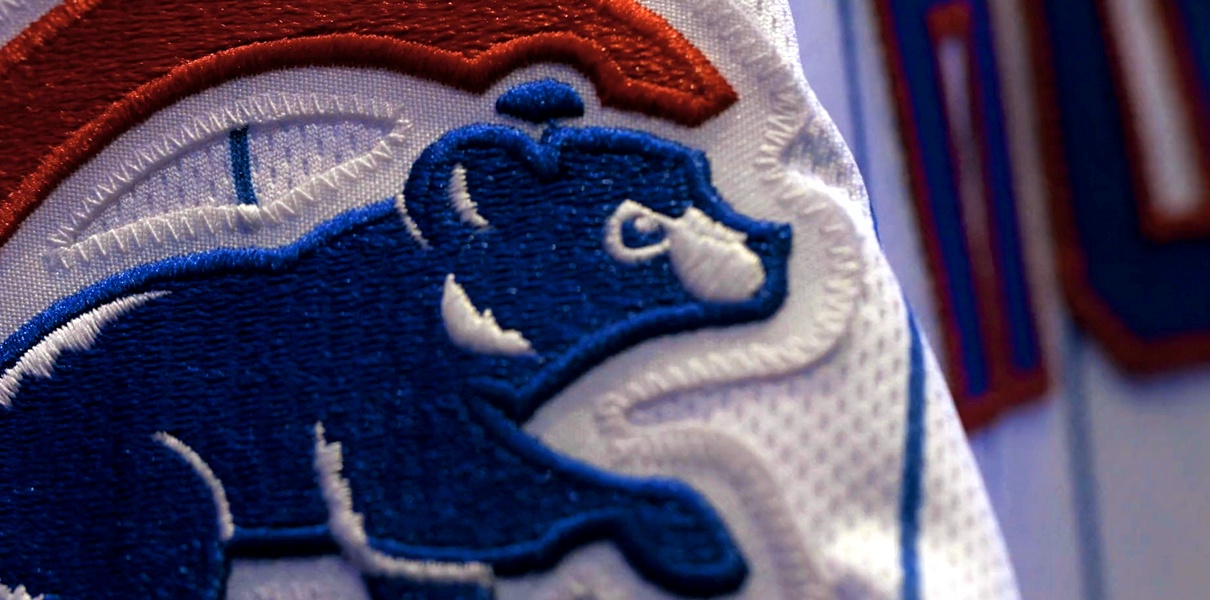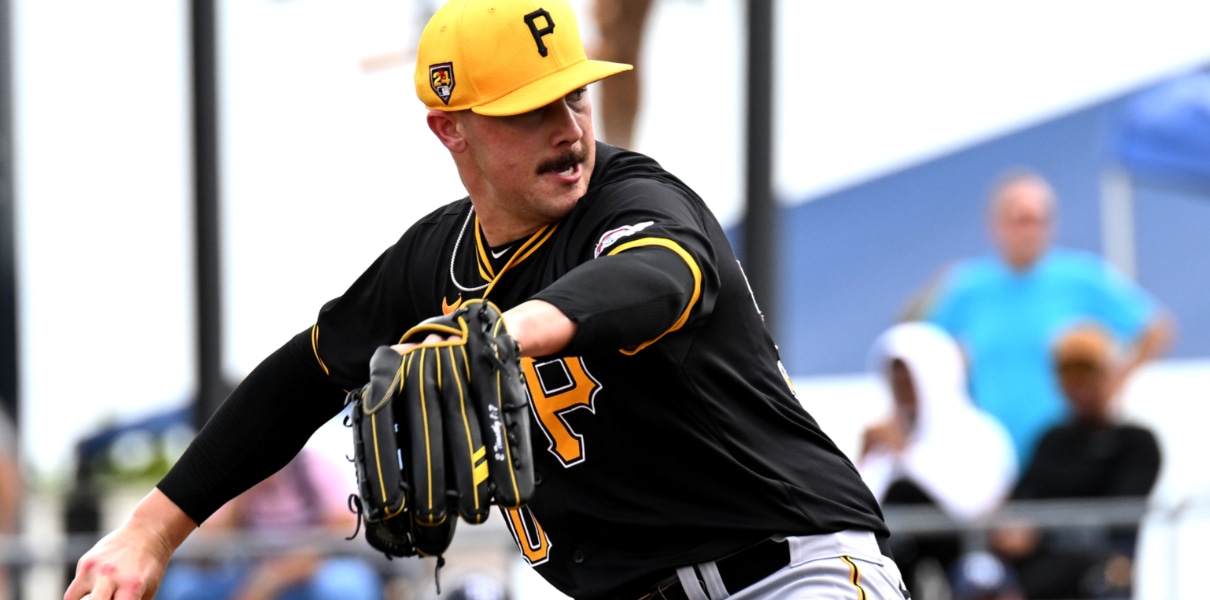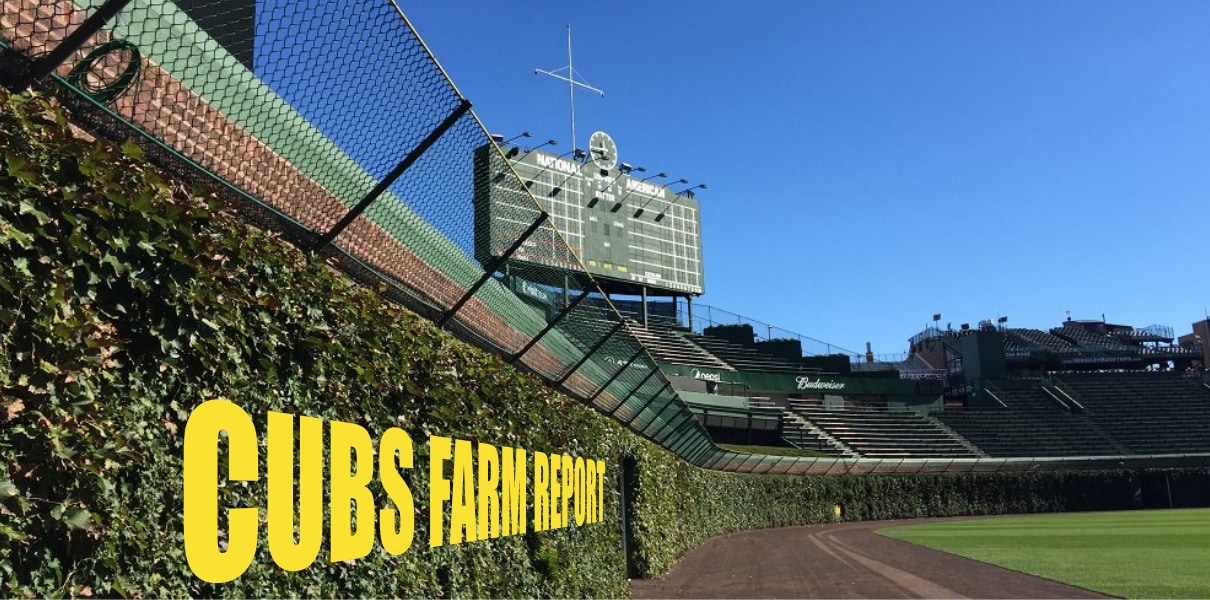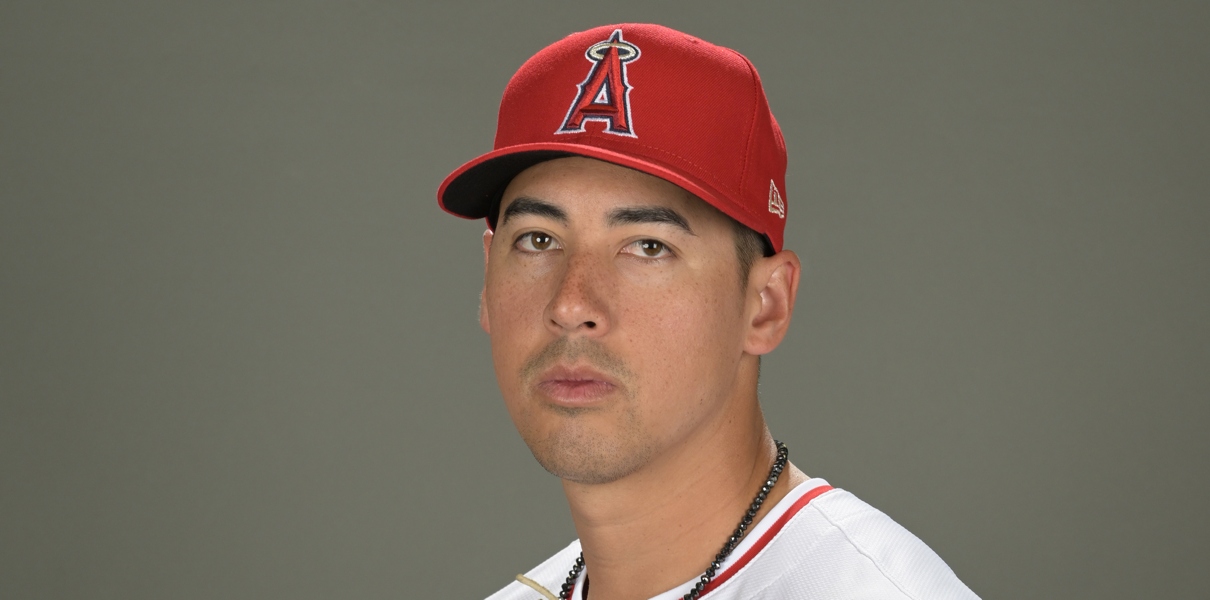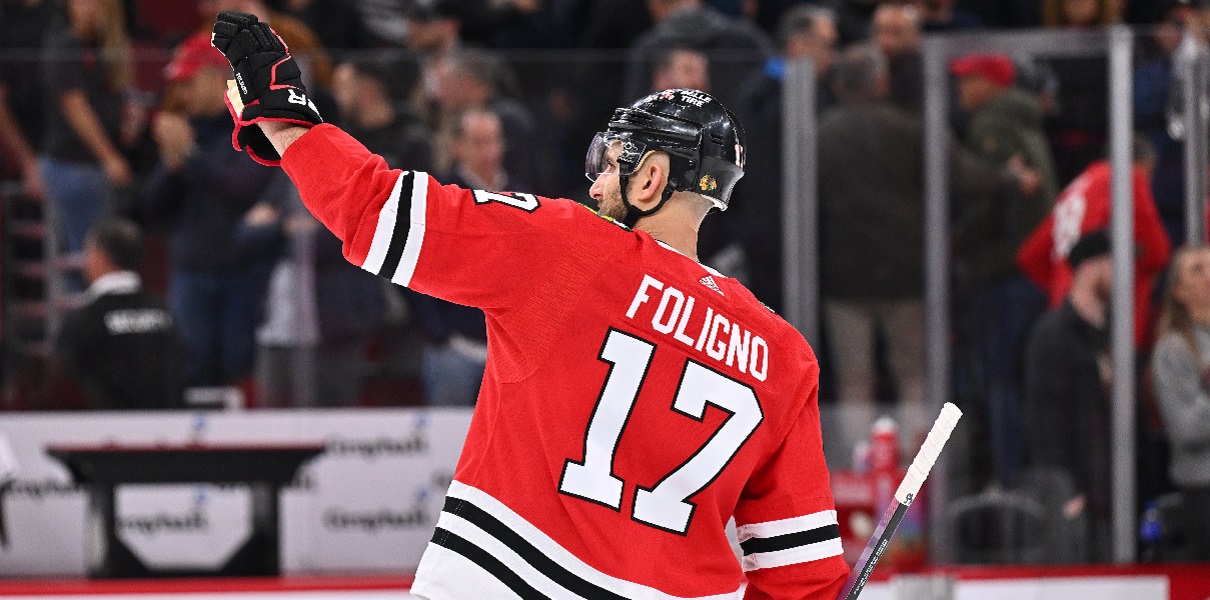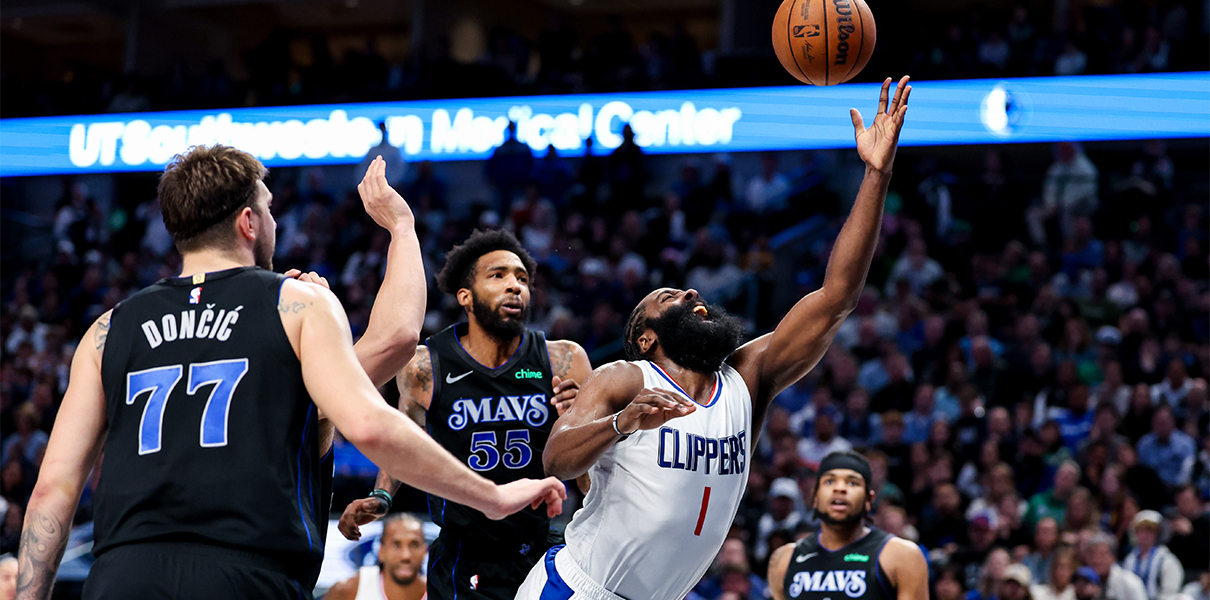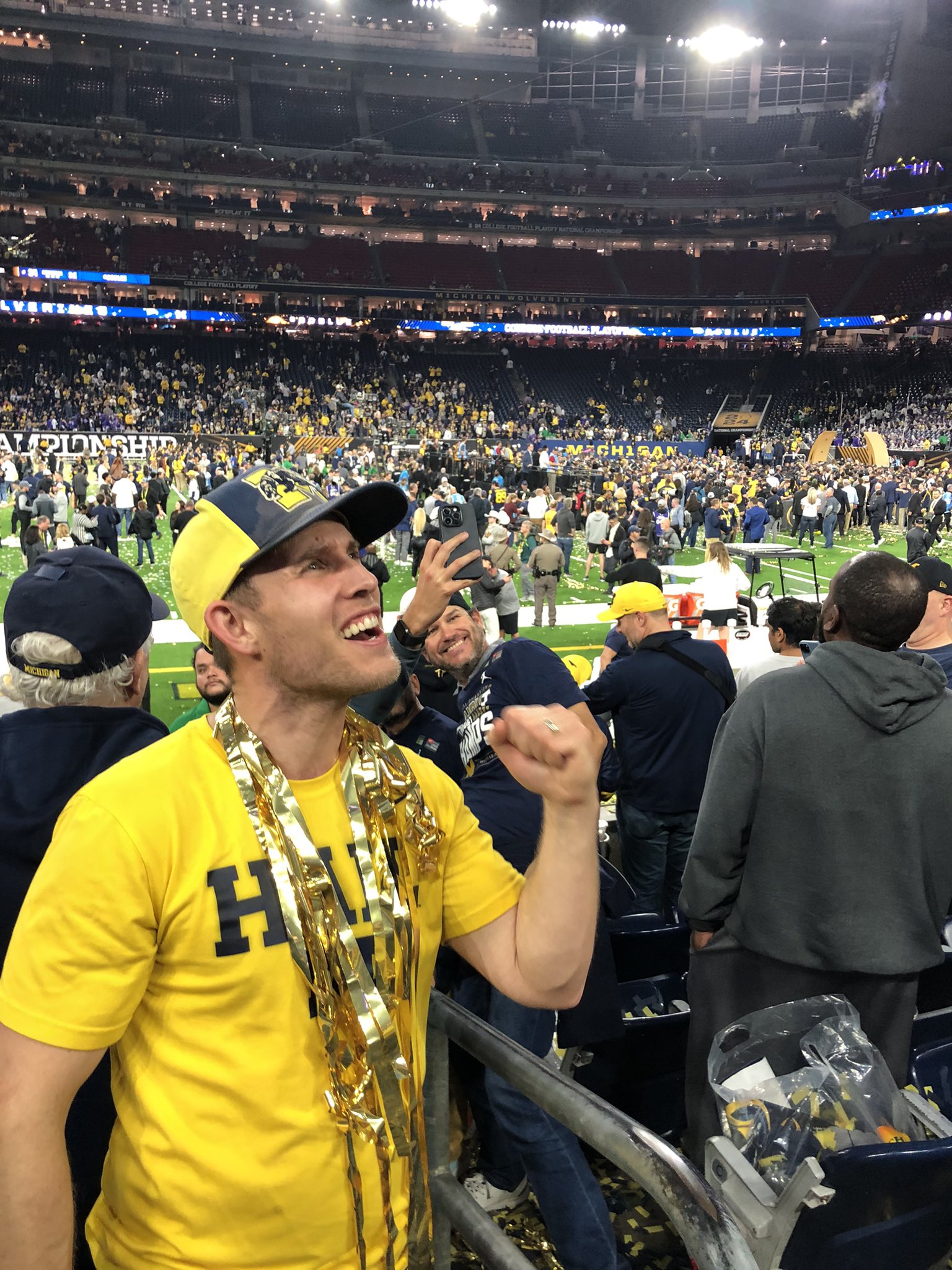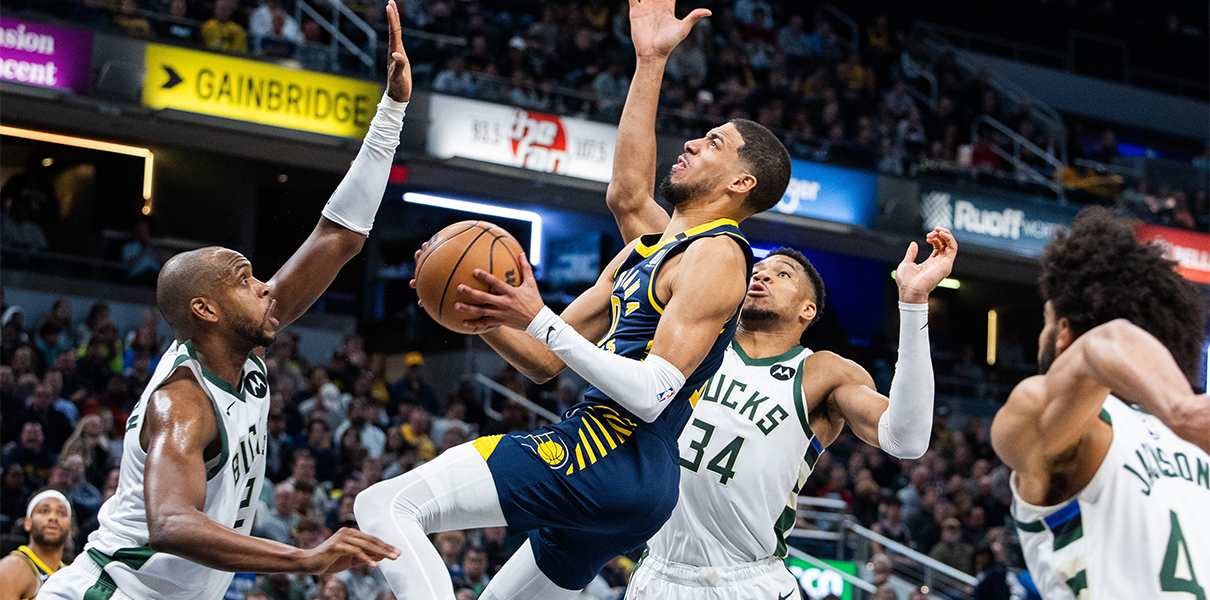Whatever happens in the nearer or longer-term for the Chicago Cubs, the ongoing overhaul of the scouting and player development infrastructure, and the renewed focus on accumulating prospects, is among the most important stories. Yes, the big league roster – and the transactions thereon this offseason – will get 90% of the attention, but the work that’s been done since 2019 to completely reform things on the farm system side is probably the bigger story for the next decade. It was clearly something that lapsed for the Cubs organization for many years when the big league team was doing well, and that has caused issues on the big league team for a long time now.
We know that these things are unsexy from an immediate impact perspective; new prospect acquisitions can take three or four or seven or eight years to really start making impacts, and new coaches/executives/plans/techniques can take multiple years to even show up in prospect development. Throw in a pandemic in the middle of it and things get even more stretched out and opaque. The Cubs could have absolutely NAILED every single decision on this side of things since 2019, and we might not actually know yet. That’s not an excuse, mind you – to the contrary, I think the signals so far have looked pretty good! – it’s just an admission of the timelines.
Anyway, to that end, the Cubs didn’t simply make the one big set of changes in late 2019 and then stop from there. The influx of new names, and reorganization of roles, has continued apace, even into this offseason. The arrivals of GM Carter Hawkins and AGM Ehsan Bokhari, and the departure of Jason McLeod, were the most visible moves, but they weren’t the only ones.
To that end, Sahadev Sharma has a long write-up on the many ongoing changes to the front office, as well as scouting and player development. That includes a surprising beefing up of the scouting side:
The Cubs’ front office changes continue as the amateur scouting department reshapes with additions, internal moves, including bringing in former Phillies scouting director, Marti Wolever as a third national crosschecker https://t.co/EsMx1aChpm
— Sahadev Sharma (@sahadevsharma) December 12, 2021
So the Cubs now have three national crosscheckers (top of the scouting pyramid, up from two), and four area crosscheckers (next tier, up from three), as well as having added more scouts back since the culling that took place during the pandemic year. According to Sharma, the total scouting staff is now up from where it was pre-pandemic. That’s pretty shocking to me.
And in that way, President Jed Hoyer’s plan becomes a little more clear. You may recall that he was the one who spearheaded the scouting and player development overhaul two years ago – perhaps knowing that, in a year or two, he would be taking over for Theo Epstein – and now that build out continues after the pandemic interruption.
Again, this was an area where the Cubs had their lunch eaten from 2016-2019, as more forward-thinking organizations did more with the technology changes in the game – and with the weight of how they allocated their resources. I don’t put that blame solely on Epstein (or Hoyer or McLeod), and I recognize that in a deeply competitive league with 30 teams all trying to gain edges, you can’t just expect to be among the top five scouting and player development orgs all the time. Nor am I saying, “The Cubs are finally doing it, and they’re about to start churning out impact player after impact player after impact player.” These two years have been the start of the process, and it’s a long process.
Instead, all I’m saying is that there is clearly a more targeted effort here to improve scouting and player development in a way that didn’t happen over the last decade. I think maybe a lot of us very long-term Cubs fans saw the dramatic improvements from the Hendry-Tribune days, and could feel how massive those changes were for the better. But the thing is, that initial Epstein-Hoyer-McLeod period was practically starting from zero. Improving from what the Tribune had permitted was probably not that challenging! It required a reallocation of resources (the Ricketts deserve some of the credit there for at least not being the Tribune), and working to at least bring the organization up to an industry-wide baseline. I am not behind the scenes enough to say that’s all the Cubs did from 2012 through 2016 (and the elite farm system was simply the product of the trades and the tanking), but I have seen enough to say they never really got themselves into an elite tier.
Hopefully that’s coming over the next few years. I guess we’ll see.




